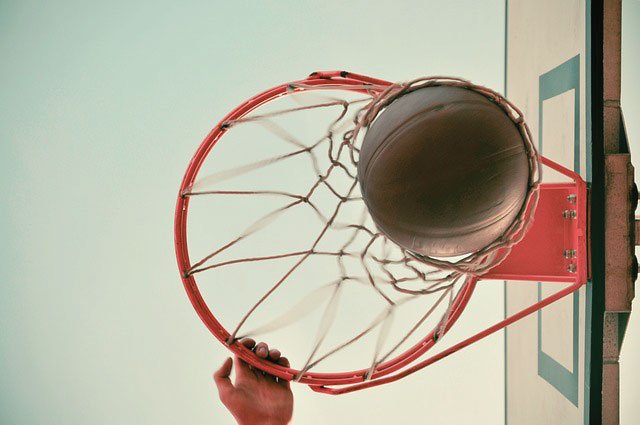
This very interesting article underlines a key topic of the situational sports, the change of direction. First of all, the situational sports are the disciplines (like tennis, basketball, fencing, volleyball, soccer…) in which the result of an action it’s not necessary linked with the technical gesture and the physical performance but with the ability of finding the right choices in front of different and not stereotyped stimulus and actions.
In my opinion a change of direction and in addition I say change of action (I mean not only a shuffle run between two points, but for example a sprint that is transformed in a stop and a side step like happens in a basketball court or an attacking stroke with a following run to the net and winner volley in tennis) must be build up since the first years of training, stimulating the young athletes reaching a good control of their body.
The starting point is the consciousness of the different parts of the foot and how they work in relation to the action done; for example, while pushing the use of forefoot is essential instead during a stop it’s necessary to use much more sole. The proprioception, that can be practiced with specific boards or pillows and overall with full body exercises done standing only with one foot or also stability exercises (I like a lot monopodalic stops, frontal, lateral or mixed) adds the body and the perception of load distribution.
In the youngest athletes, workouts with change of direction and action (together with the ones with jumps and bounces) are also a very useful way to work on the strength of the lower limb, because they are too unripe for squats or lunges for example.
A fundamental way for improving the performance is a goal that represents a challenge for the athlete (kids or adults doesn’t matter):
- A stopwatch
- Reaching a goal (get 20 tennis balls after a rebound, randomly throwed by the trainer)
- Competing with a mate or group: speed challenges for example
Once reached an optimal body and the athlete performance is not anymore improving, studies like the one I posted earlier (The Relationship between Performance and Trunk Movement During Change of Direction) can inspire the trainer in getting gains in some specific details.
For example, some years ago as thesis for my graduation as National Basketball Physical Trainer, I studied the pelvis height during the change of direction…
Leave a Reply